* (Halloween countdown post #9)
________________
In The Class, Death Seminar, lifeless bodies obtained from a morgue are the students. The teacher is artist Araya Rasdjarmrearnsook who stands in front of a blackboard, at times lecturing on the topic of death, and at times engaging a conversation with these students. Together teacher and students re-examine attitudes towards death and puzzle over the life-after-death conundrum.
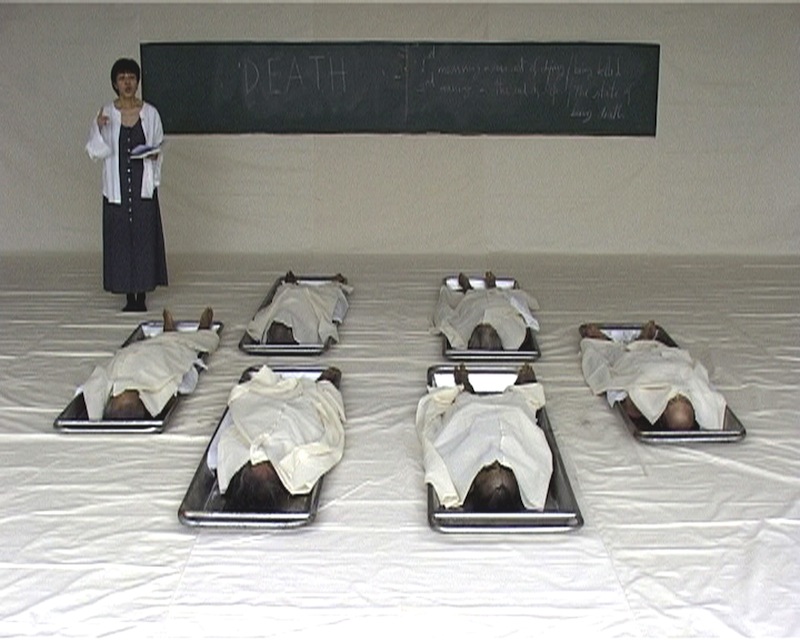
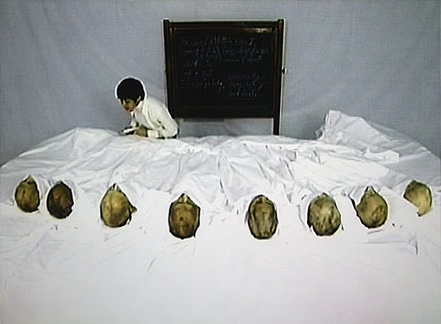
________________
David Altmejd Anand (2015)
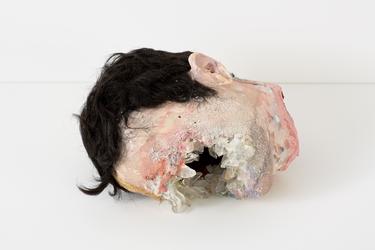

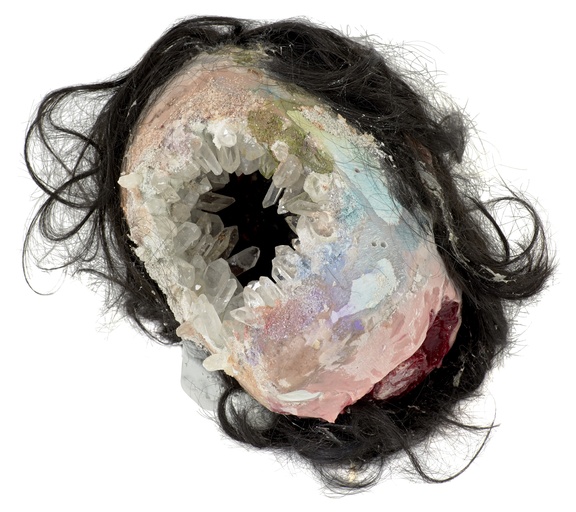
____________________
Jeremy Millar’s Self-Portrait as a Drowned Man (The Willows) (2011) is a lifelike cast of the artist’s mangled body, covered in holes and lying prone on the gallery floor.
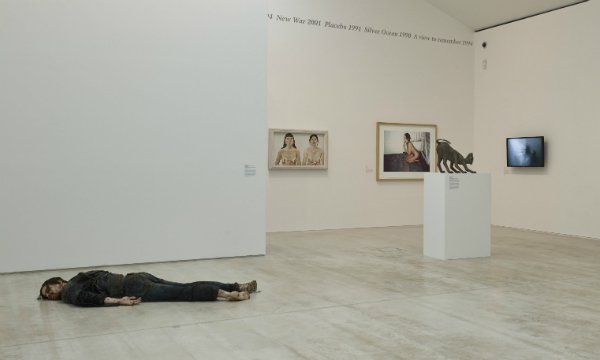
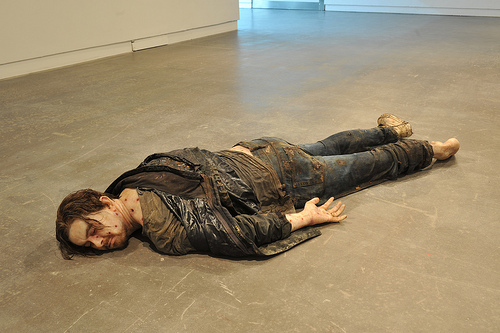

___________________
Berlinde De Bruyckere various works (2008 – 2011)
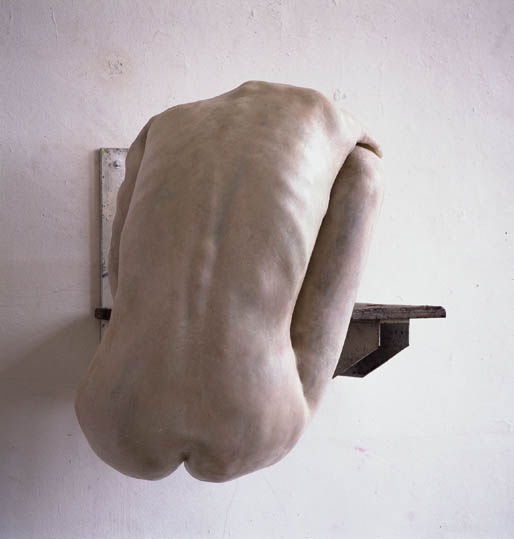
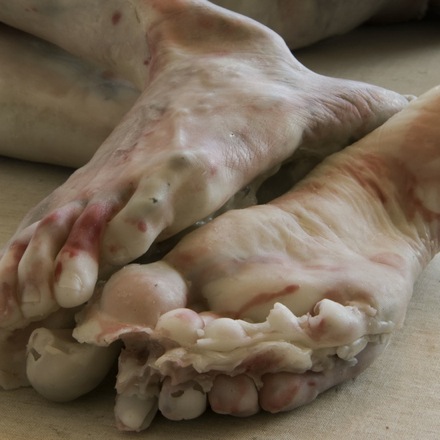
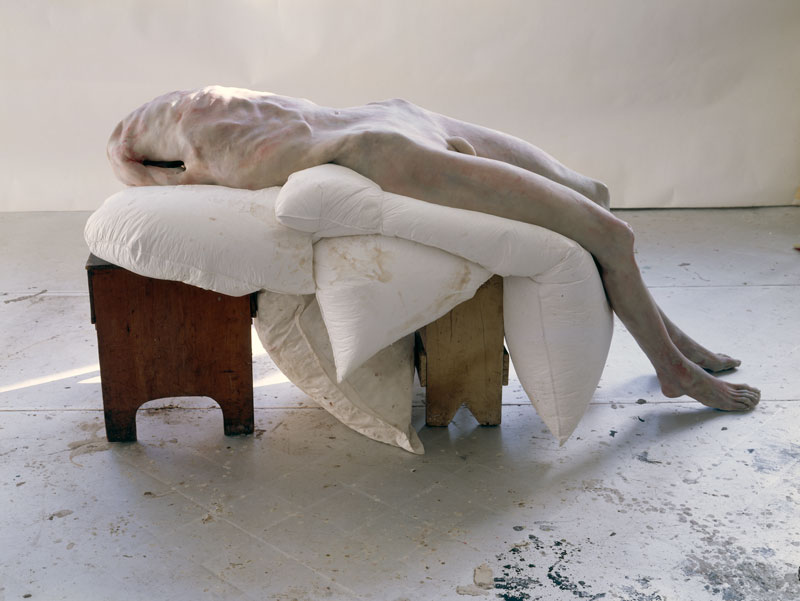
_________________
Fabrice Samyn Death is an image (2016)
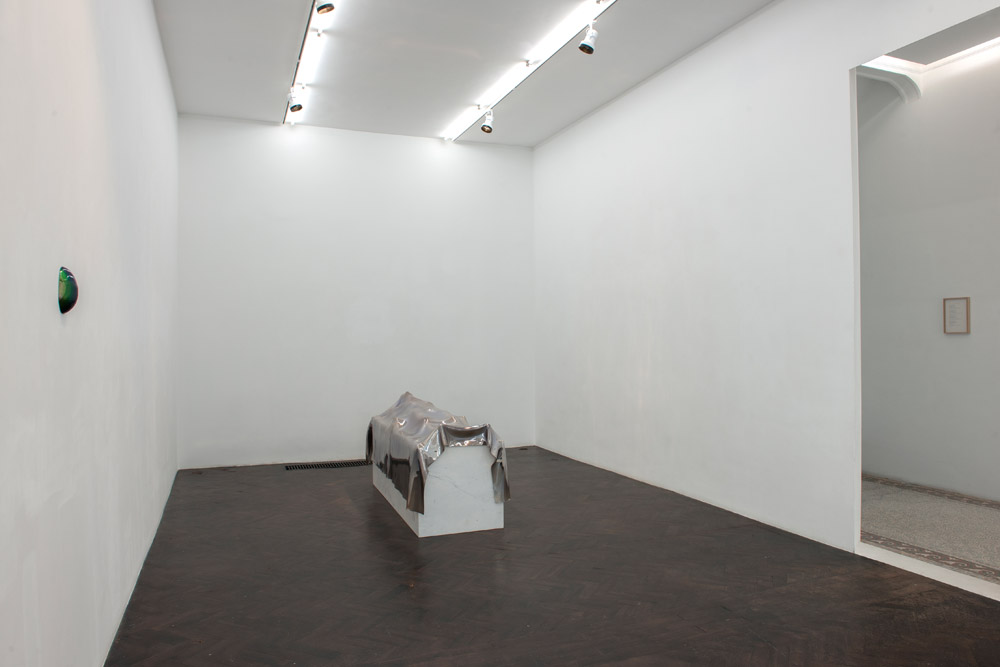
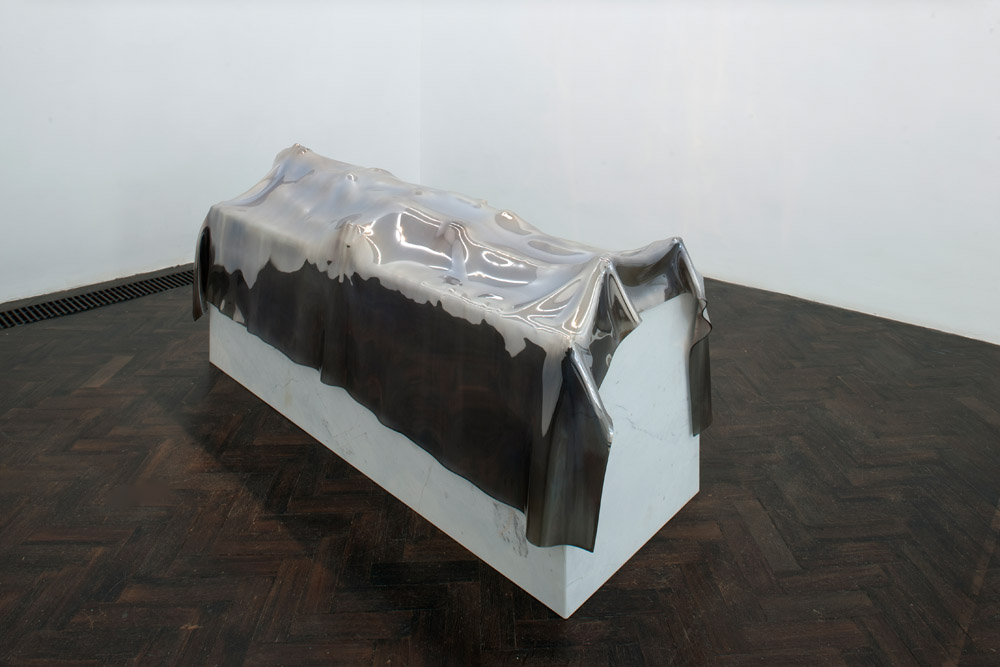
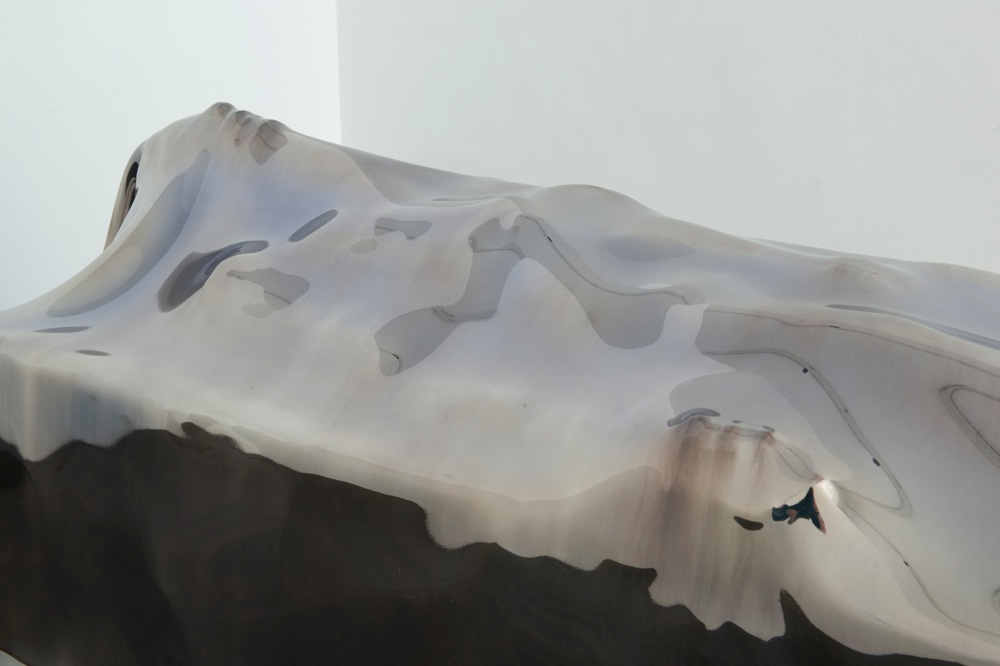
___________________
John Hillard Cause of Death (1974)
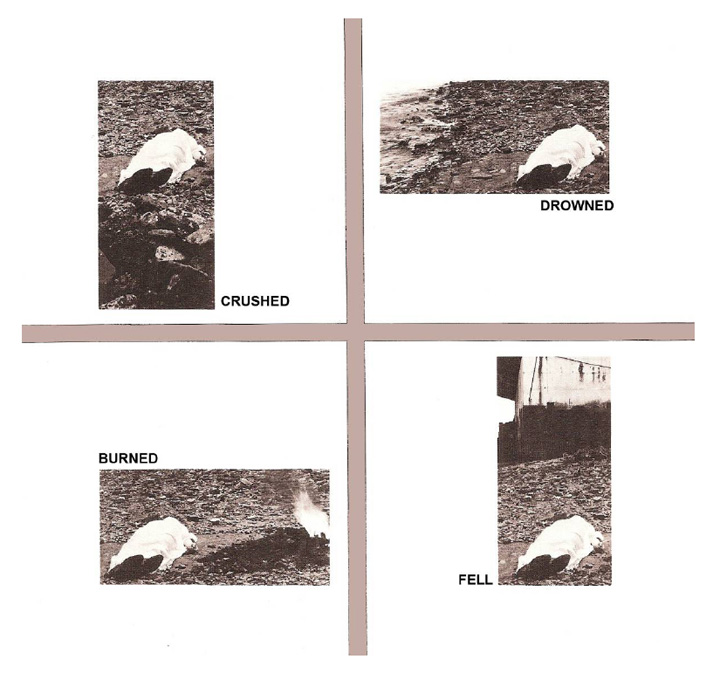
_________________
The object was a body, lying face down, on its stomach. It was a black subject, male, and large. The sculpture, I learned, was called Laocoön , by artist Sanford Biggers, and was part of a solo exhibition at the David Castillo Gallery in a wealthy neighborhood of Miami Beach. The work depicts Fat Albert, from Bill Cosby’s Fat Albert and the Cosby Kids, and so it was dressed in a red shirt and blue pants. I watched the video for a moment and saw that the body was inflating and deflating slowly, like a person who was experiencing his last breaths. I thought of Michael Brown. I thought of black lives. I thought of death. Then I noticed that in the video, the body was surrounded by a festive group of gallery goers, sipping wine, taking pictures of the panting body. The scene was grotesque. I thought, Not again.
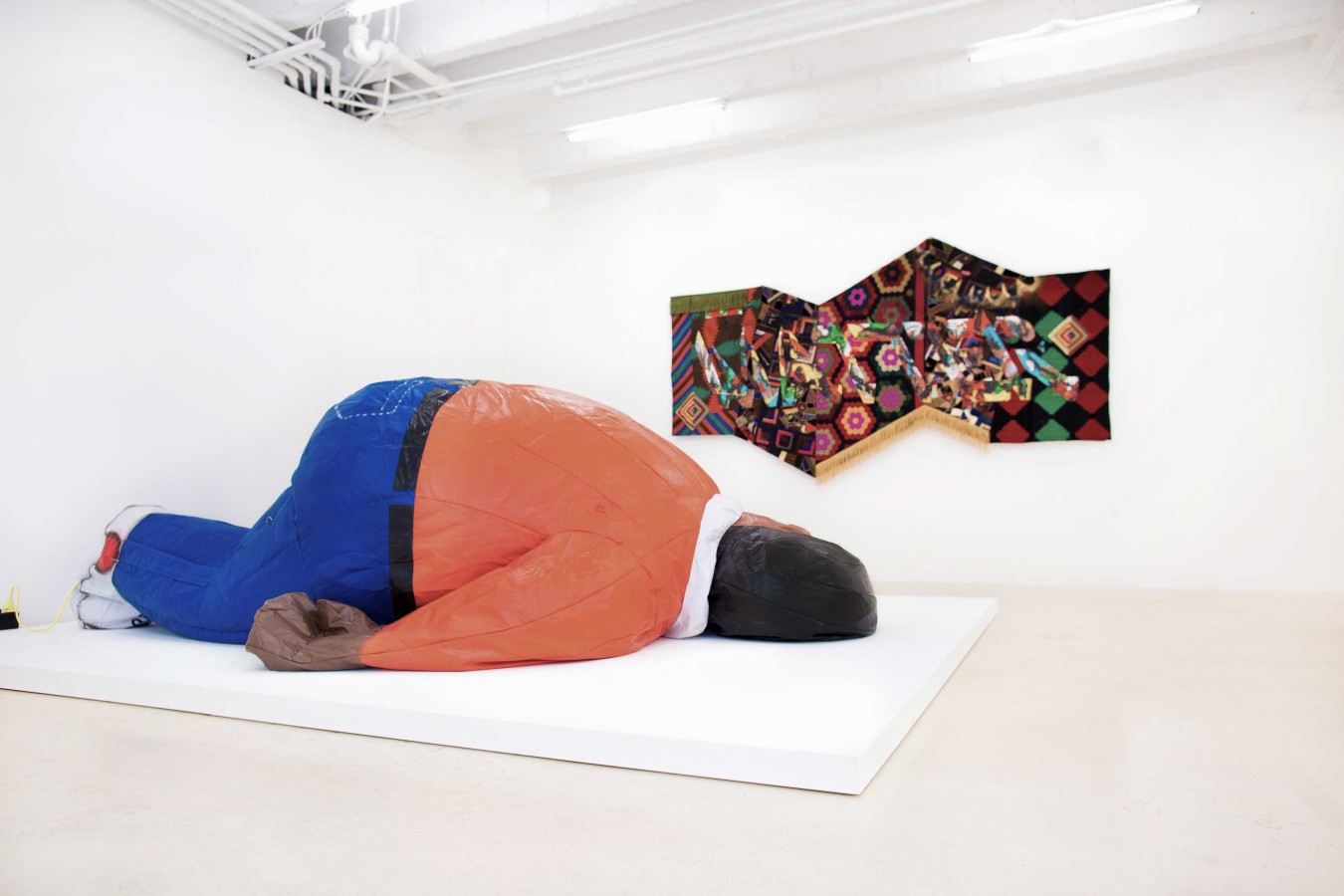
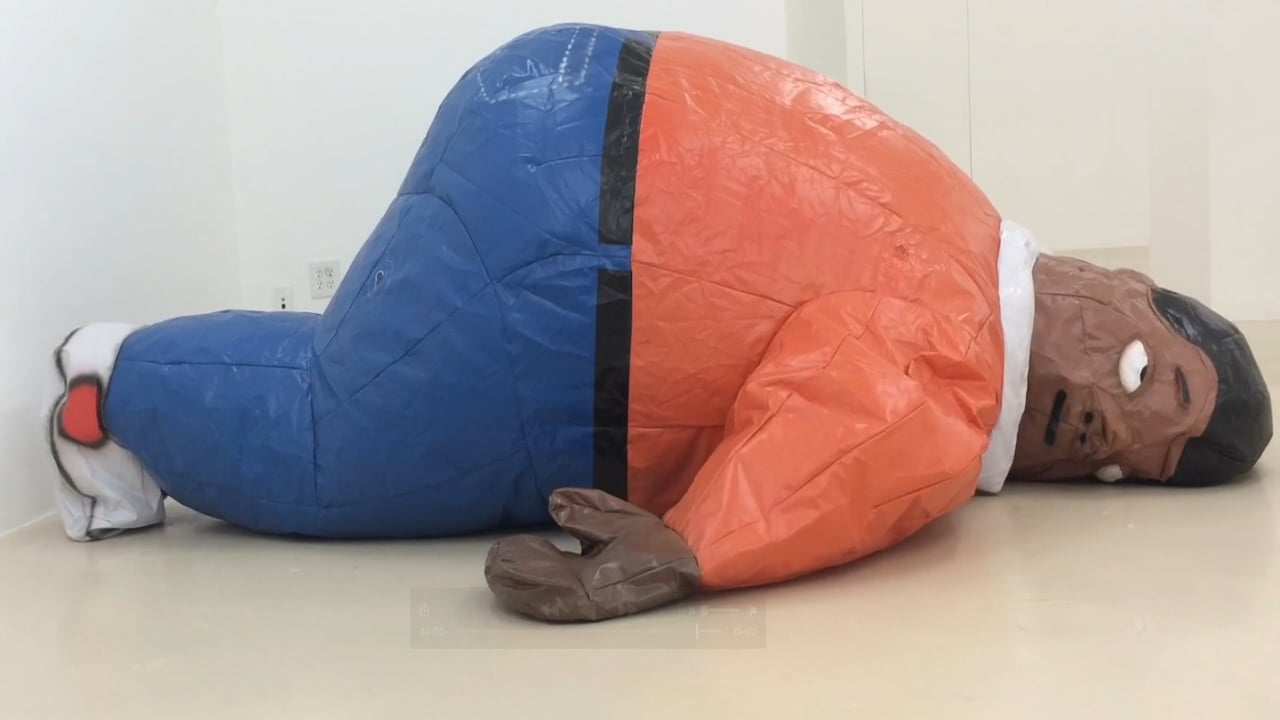
__________________
Briony Campbell Me and Dad (2009)
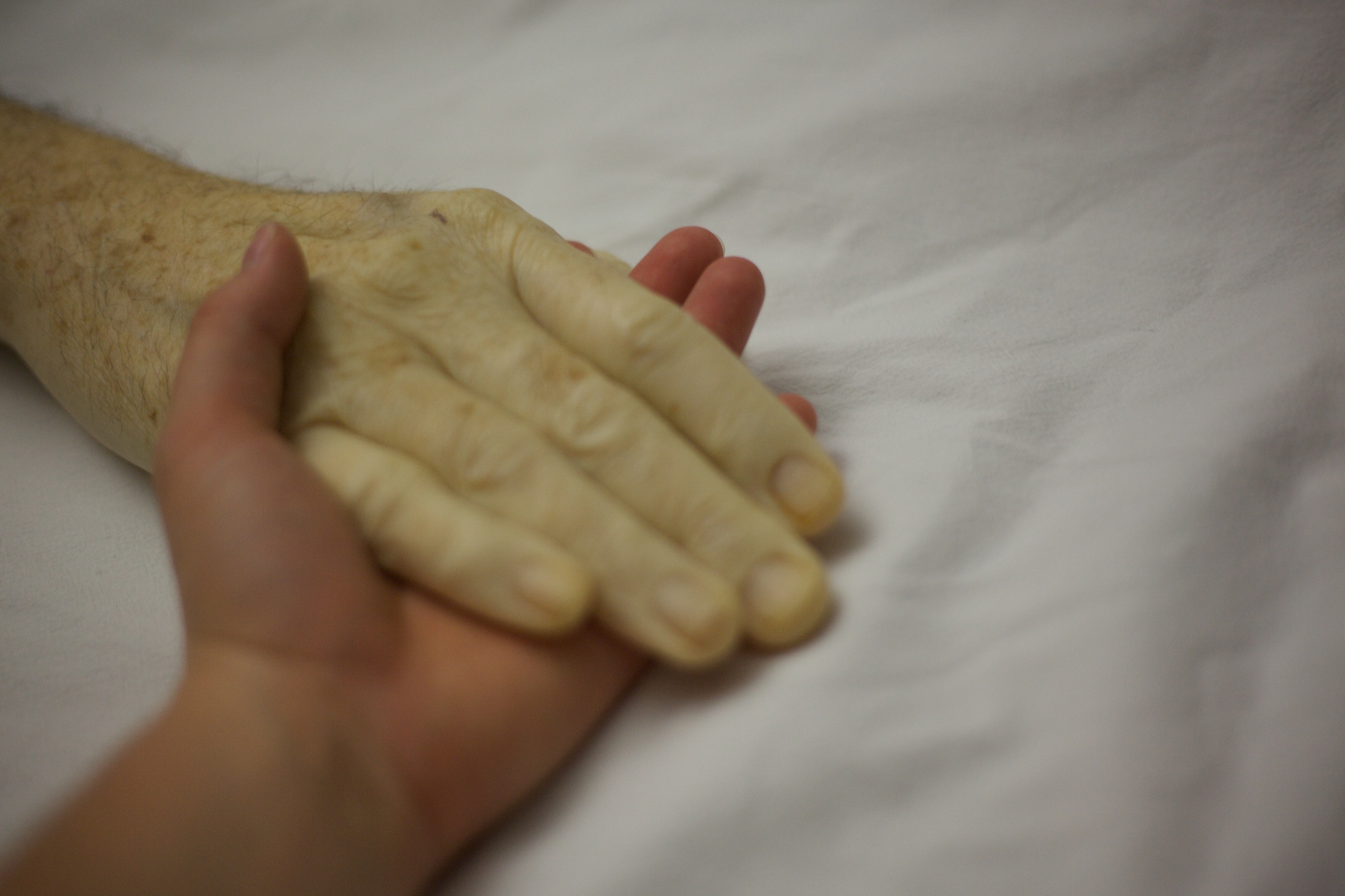
__________________
Theodore Gericault Anatomical Pieces (1818)
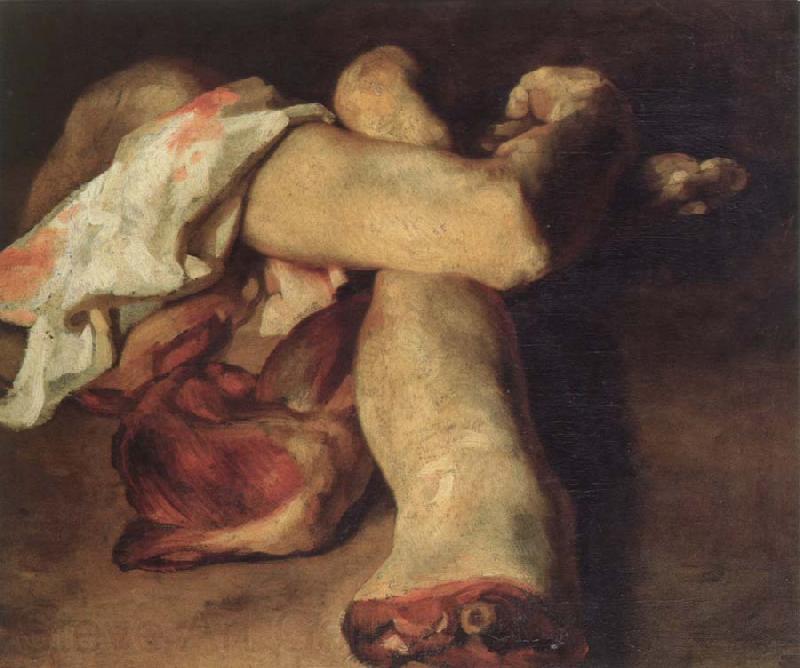
__________________
Teresa Margolles’ art is executed in a very minimal, aesthetic style that stands in stark contrast to its abject material and subject matter. Plancha (2010), for example, uses water that has been used to cleanse corpses before the autopsy. The water slowly and erratically drips onto heated metal plates. Each time a drop hits one of the hot surfaces, it evaporates with a hiss, leaving a faint odour and stains that intensify over time.
__________________
In the sculpture Death of Che (2000), Gavin Turk has chosen to depict himself as Che after his capture and execution by Bolivian forces, appropriating the moment when Che’s dead body was shown to the world the day after his murder.
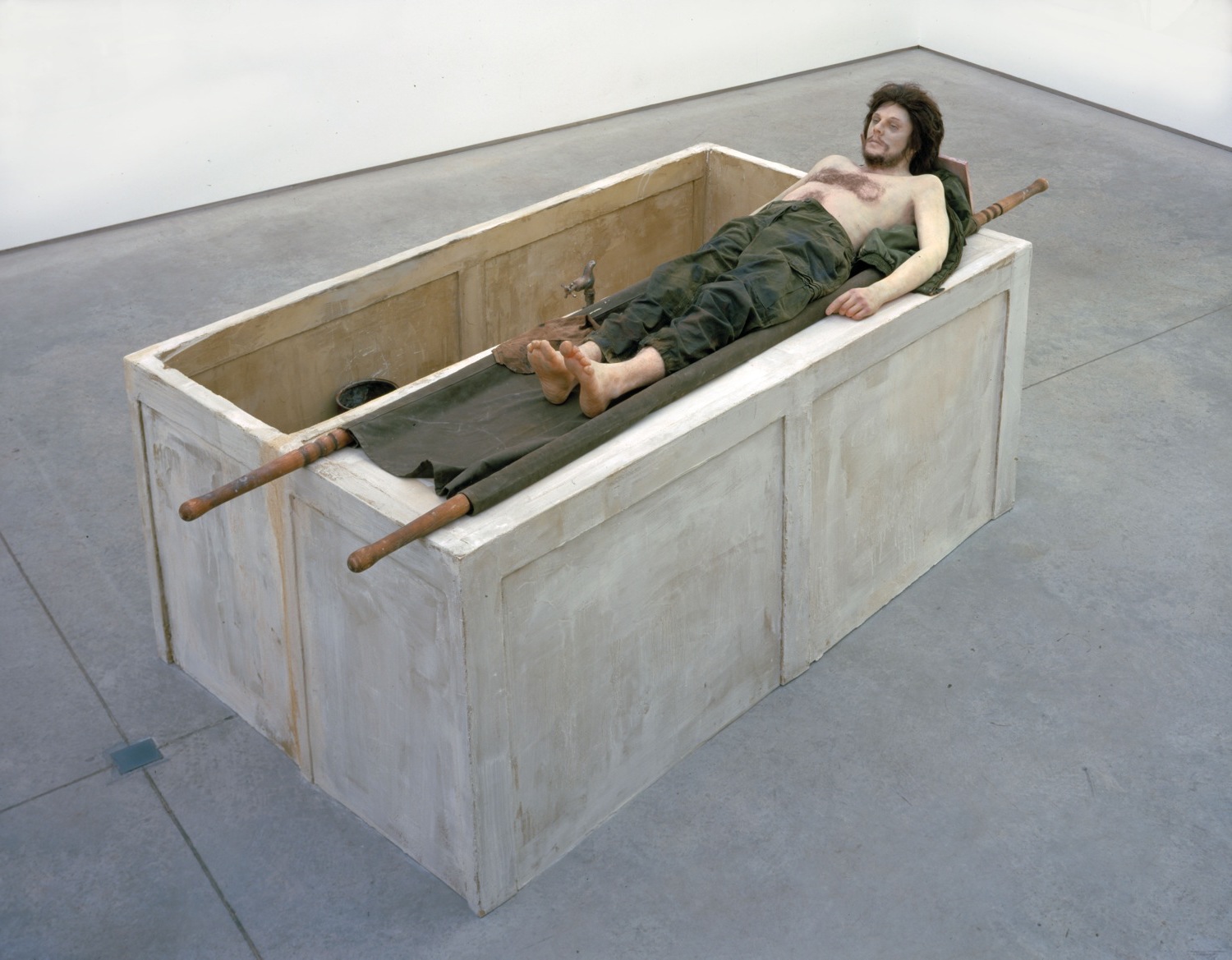

____________________
A dead Prince Harry is featured in “a memorial honoring those willing but unable to serve in the Iraq conflict” by sculptor Daniel Edwards. “The Memorial features Prince Harry laid out before the Union Jack with pennies placed over his eyes and head rested on the Bible. The statue suggests the tragic outcome of a confrontation in Iraq’s Maysan Province with the Iranian weapons smugglers for whom Harry’s tank regiment was scheduled to patrol. Prone with his unfired gun still holstered, Prince Harry is represented clutching a bloodied flag of Wales, and holding to his heart a cameo locket of his late mother, Princess Diana, while a desert vulture perches on his boot. Harry’s head is earless, denoting the explicit threats against the Prince from militia leaders saying they planned to send him back to his grandmother ‘without his ears.’”

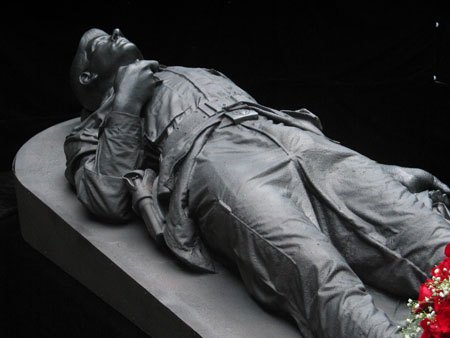
_________________
Erwin Olaf Royal Blood (Julius Caesar) (2000)
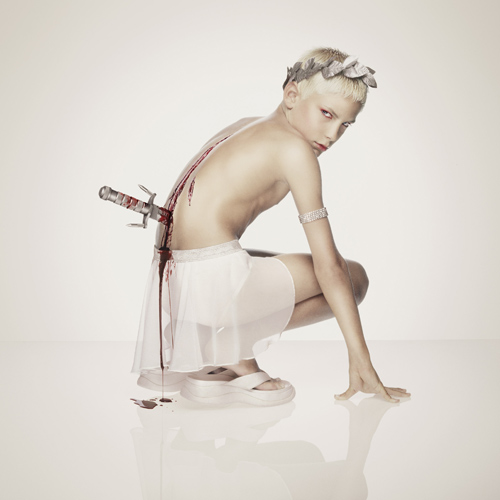
__________________
Laura Ford Headthinkers (2003)
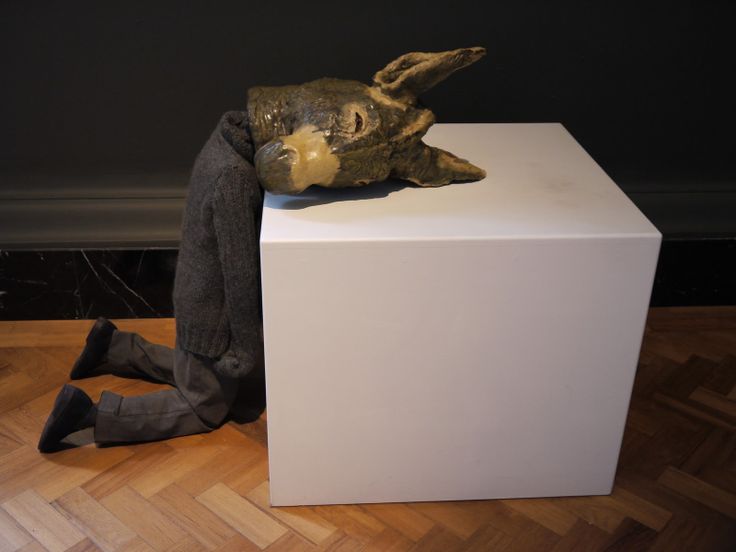

____________________
Adrián Villar Rojas The Mummified Corpse of Kurt Cobain (2013)
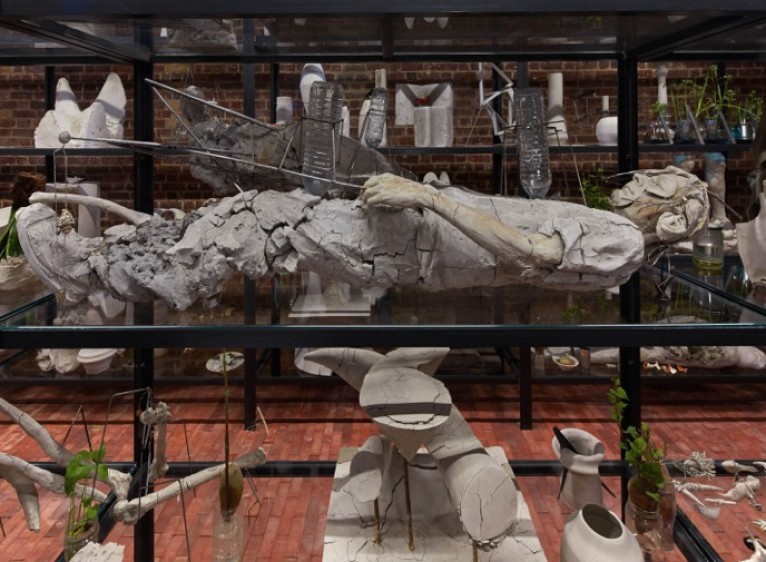
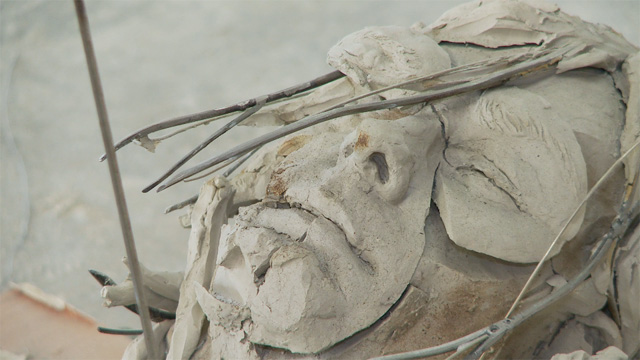
____________________
A 23-year-old undertaker won a contest at Japan’s biggest funeral expo on Thursday that tested ancient skills in the ritual dressing of the dead. “I practiced every day to prepare for this competition,” said a smiling Rino Terai after her win over three other finalists. “I took videos and made improvements by asking myself, does this look beautiful? Am I treating the deceased kindly?” Japan’s Shinto religion believes that the soul is impure shortly after death and the process of dressing a body – usually in front of close relatives only – purifies the deceased spirit before it is sent off to the “other world”.
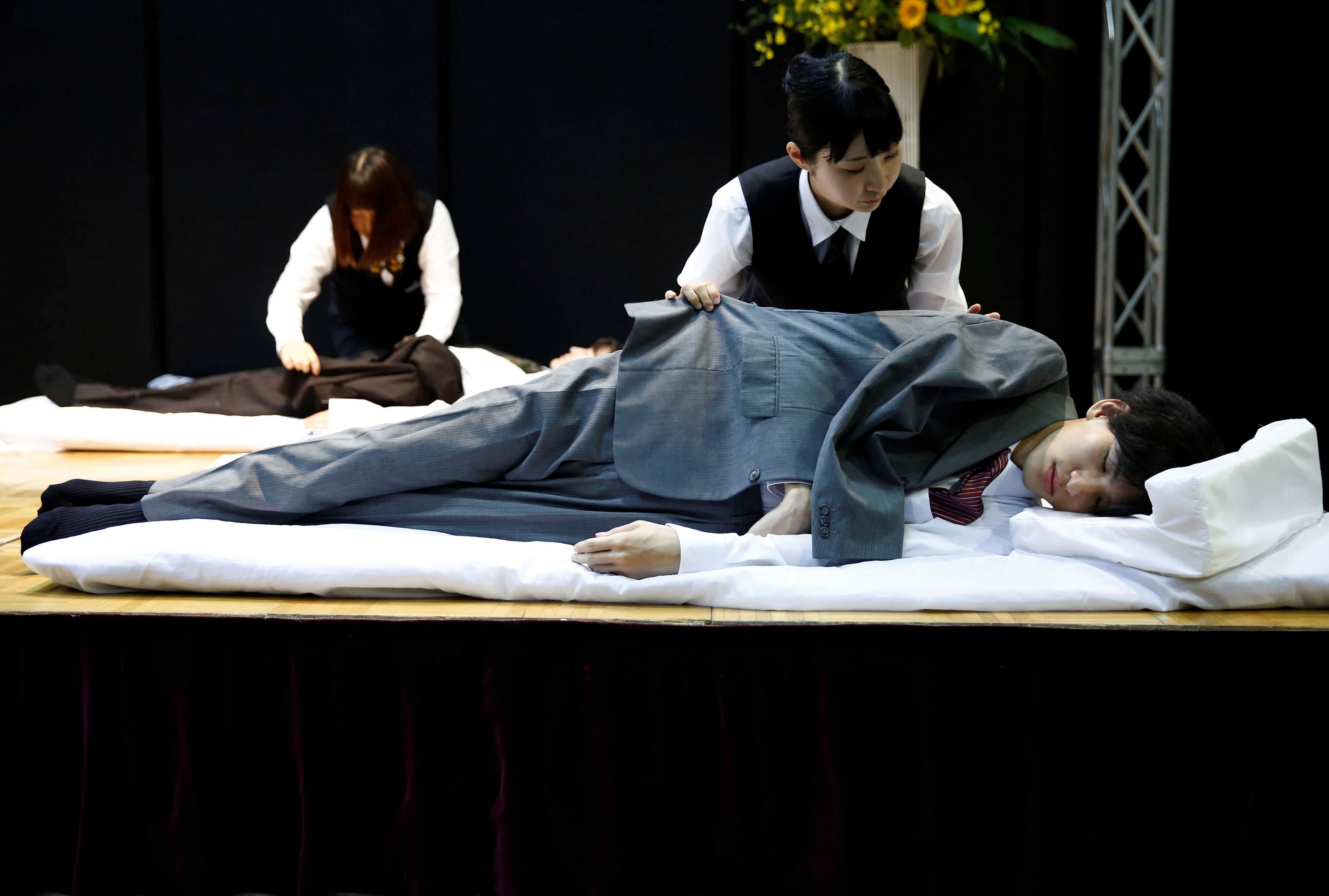
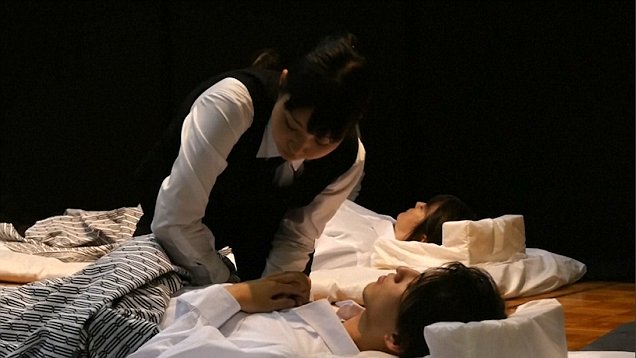
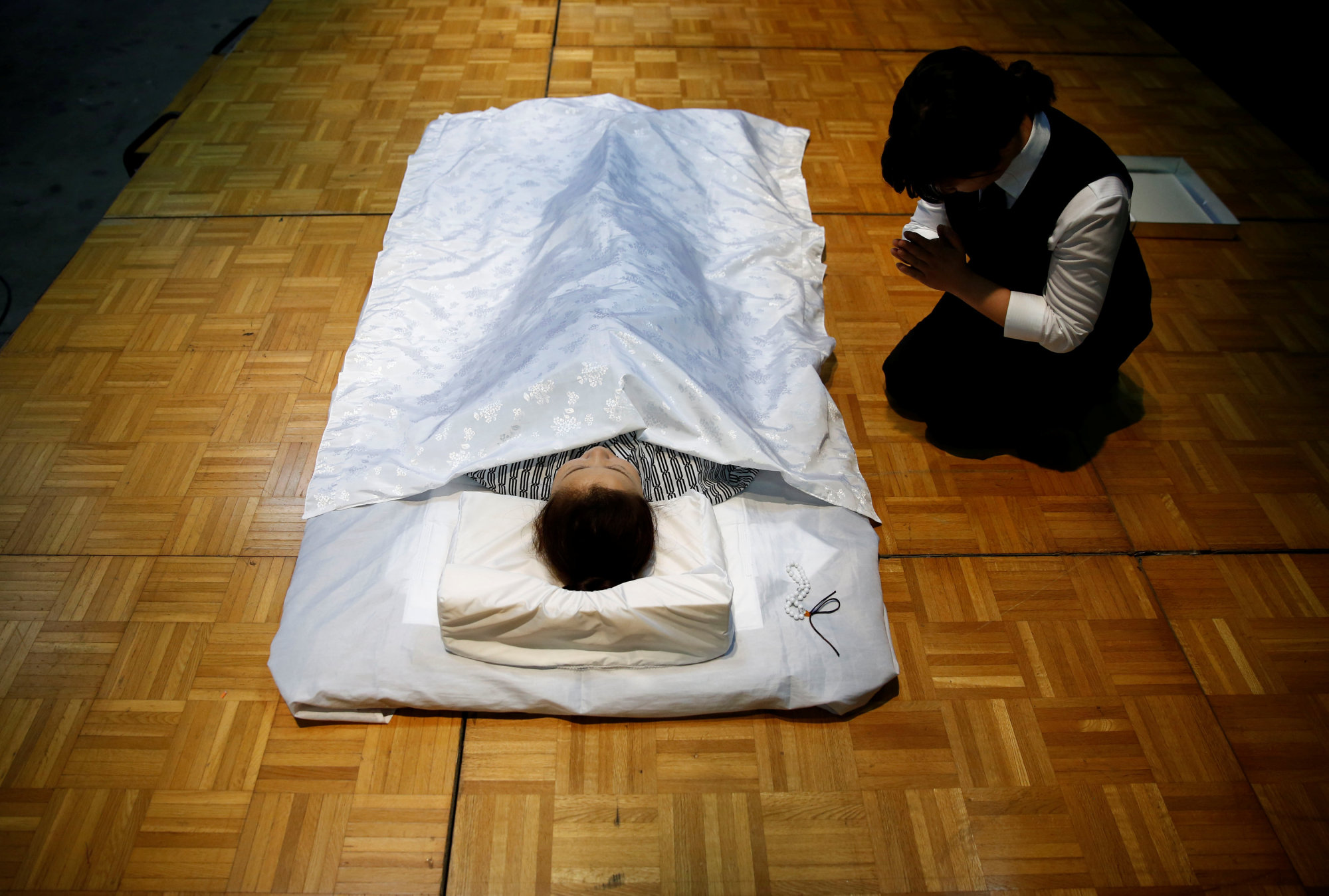
_____________________
On the anniversary of Michael Brown’s death, a White artist, T-Rock Moore, has re-created his murder scene, in the name of “healing.” Why must Black agony be appropriated and sold to the highest bidder? Entitled Angelitos Negros, this piece shows the dead body of Brown laying on the ground surrounded by police tape. A looping video of Eartha Kitt singing “Little Black Angels” plays in the background. (It is only through a White woman curating his death that Brown, who was incessantly demonized in the press and blamed for his own death, becomes an angel.)
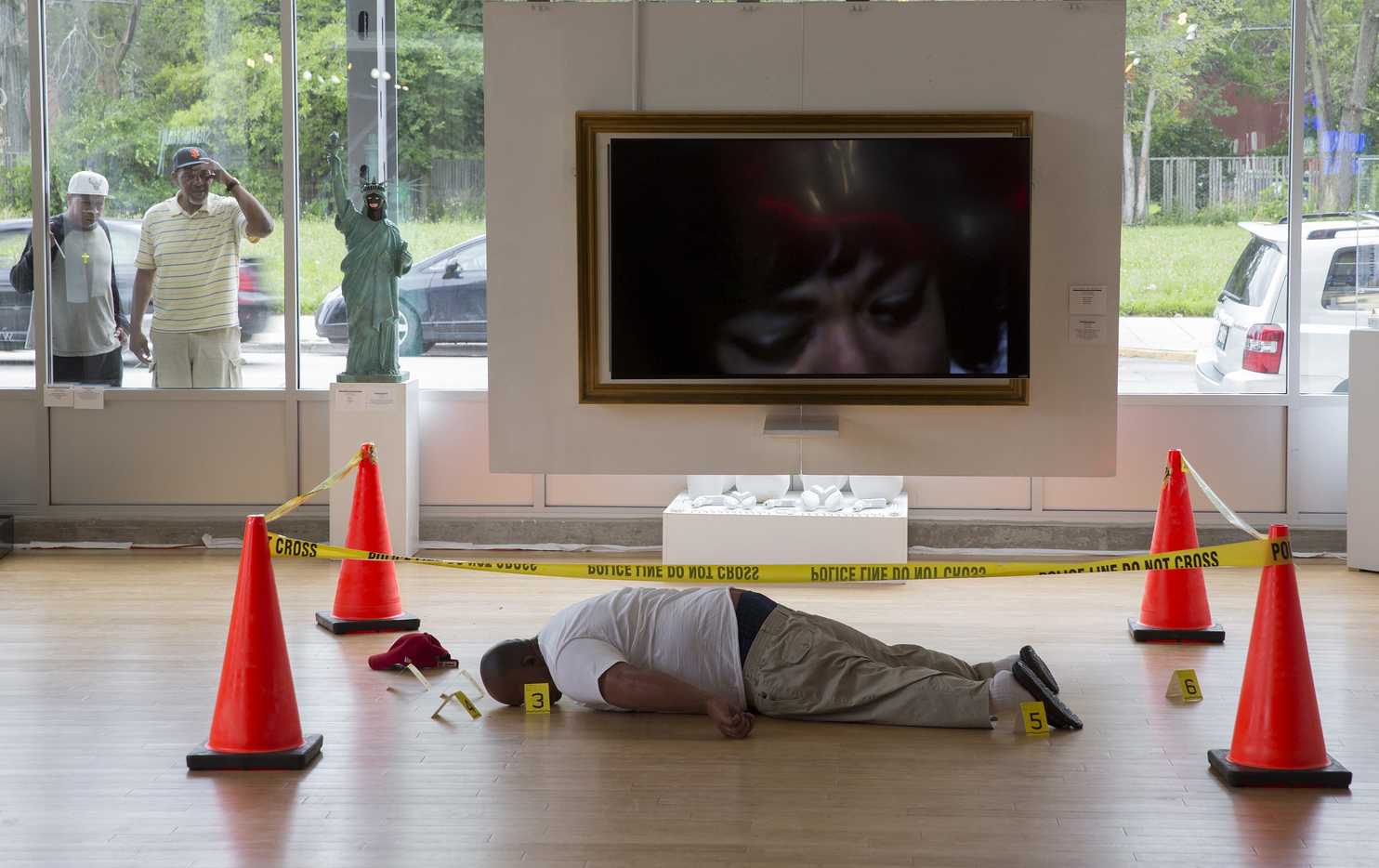
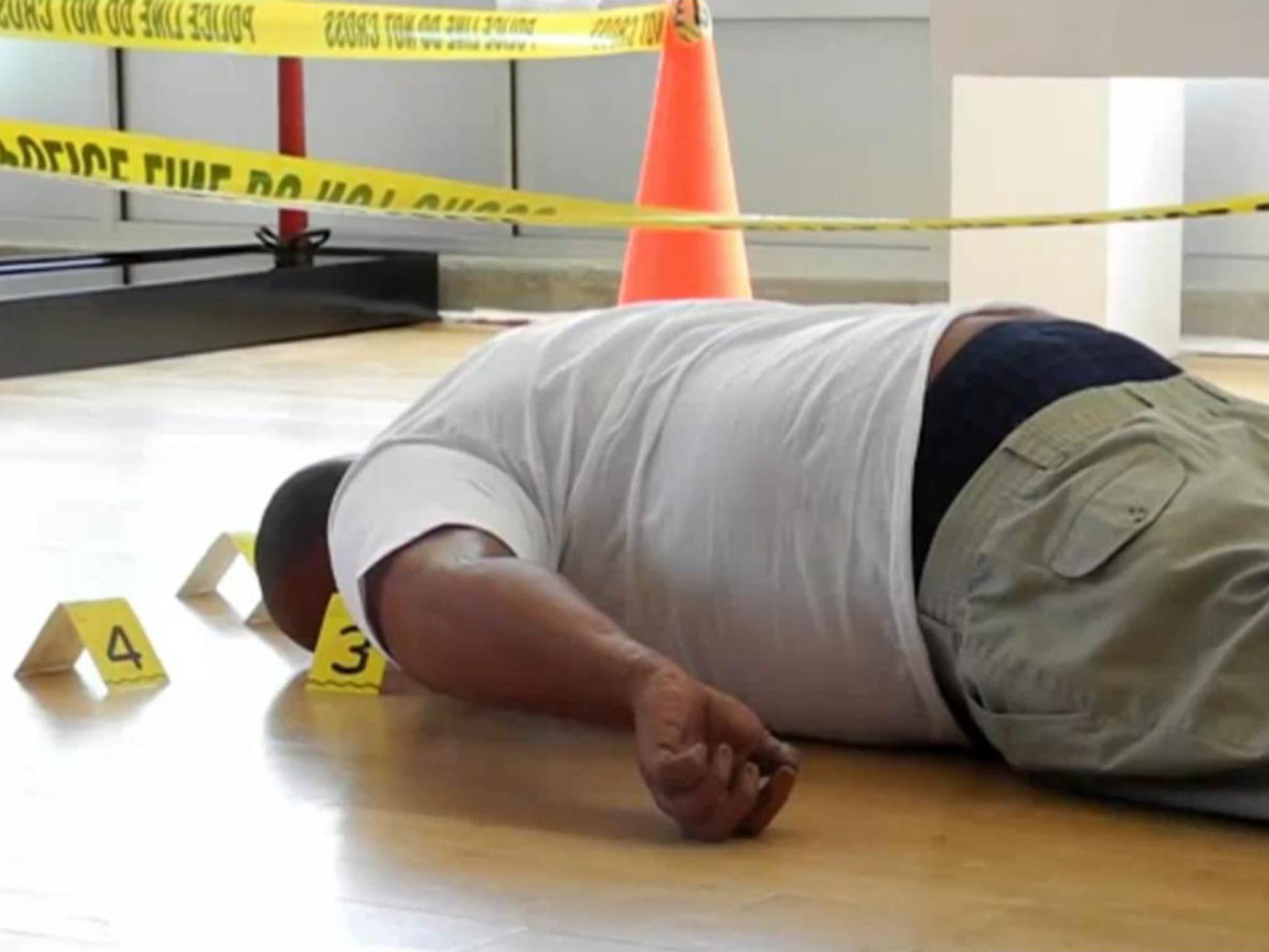
_________________
Yandere Simulator is set in a school. Your task is to eliminate barely pubescent girls who are infatuated with the guy you’re also stalking. Knife in hand, you slice their throats. Dressed in an archetypal uniform, you drag their bodies, cartoon blood smearing the ground in a trail behind you. Your task, though there currently aren’t “win” or “lose” conditions programmed, is simply not to get caught. If you choose to, you can sexually harass these girls – “panty shots” become a form of currency.

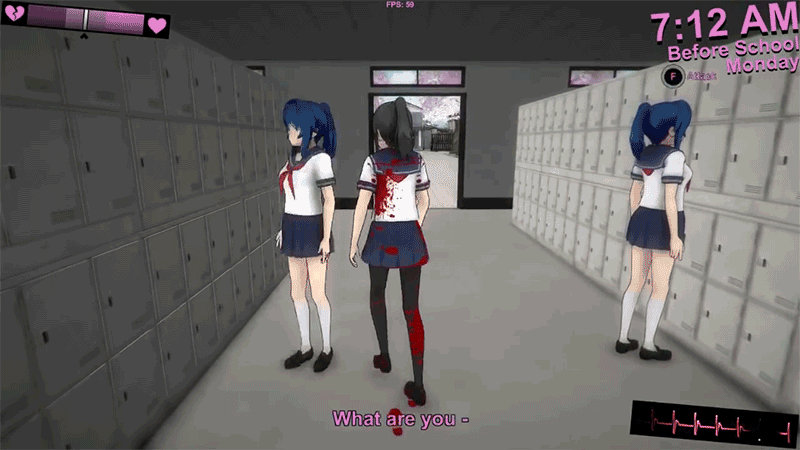

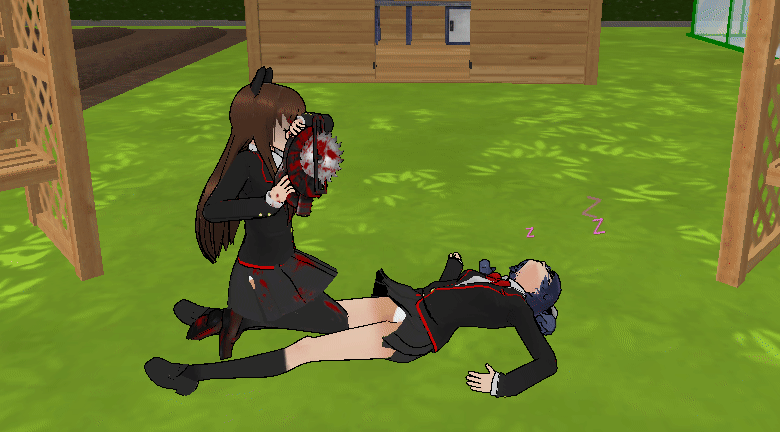

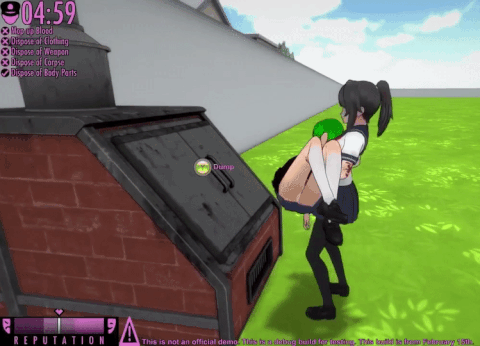
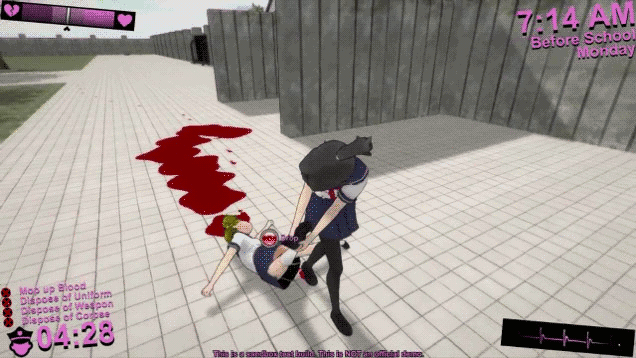
_________________
Marlene Dumas Dead Marilyn (2008)

___________________
Anthony-Noel Kelly is a British artist who made casts of dissected body parts for an exhibition at the London Contemporary Art Fair in 1997. The problem was is that he stole anatomical specimens from the Royal College of Surgeons to fabricate the molds for his morbid sculptures. Between 1991 and 1994 Kelly persuaded Niel Lindsay, a junior technician at the Royal College of Surgeons, to sneak out the remains from dozens of bodies. In all they stole three heads, three torsos, bits of brain, six arms, and a number of legs and feet. When he got the body parts back to his studio, Kelly created the molds and produced a series of plaster casts that were painted silver and hung on a wall. When he completed the scupltures, rather than return the body parts, Kelly buried remains on his family’s estate, hid them in the London home of a friend, and in the attic of his own home. Police began investigating Kelly in 1997 after his exhibit received controversial publicity. During police raids at his London studio, his family’s home, and his friend’s home, police found the body parts that Kelly had hidden. In 1998, he was found guilty and sentenced to nine months in prison.
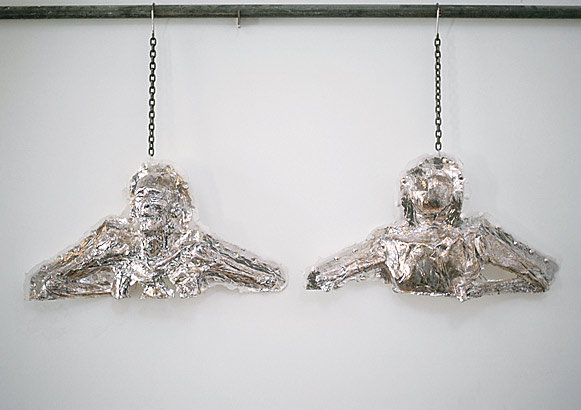
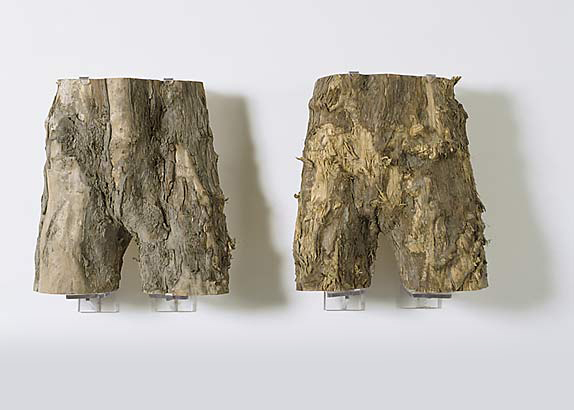
__________________
A Mexican artist has created a series of gruesome rugs hoping to lay bare the horrors of gang violence. Renato Garza Cervera, 39, from Mexico City, produced these hyper-realistic ‘skin’ rugs depicting fallen gang members in El Salvador. They show the flattened, naked bodies of gangsters who were acquaintances of Cervera complete with full-sized heads – in a similar way that wild animals, such as bears, are often used as decorative rugs.
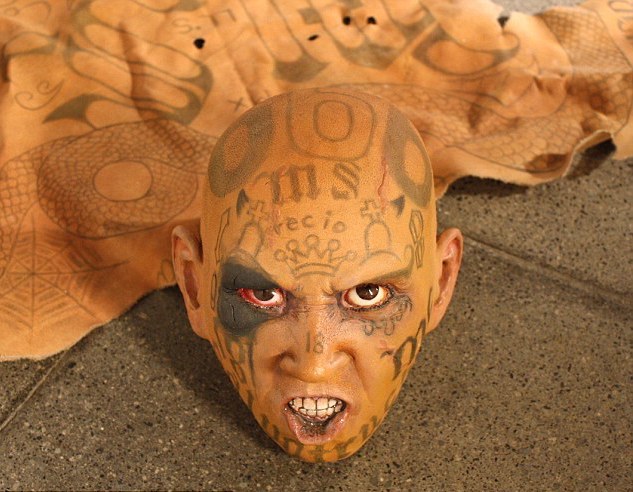
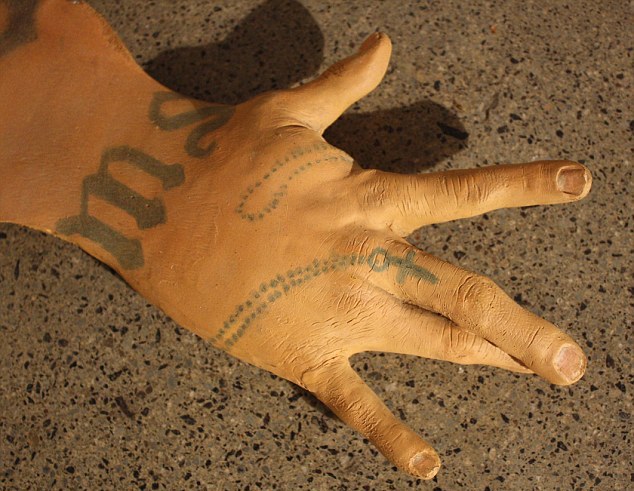
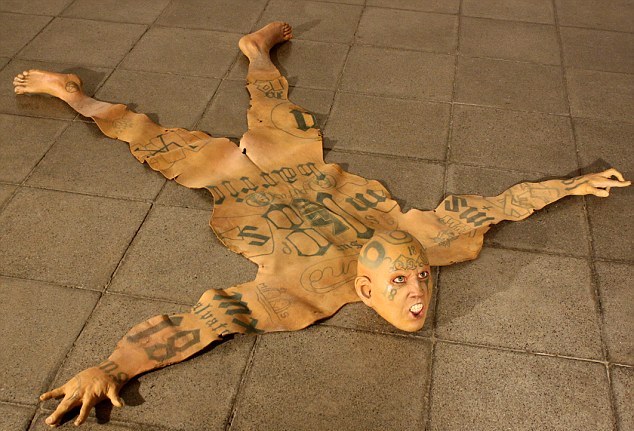
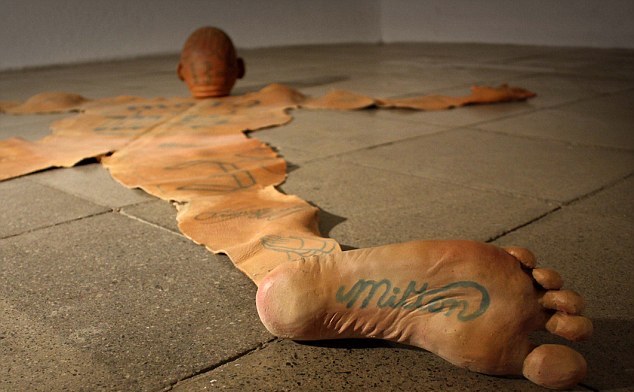
__________________
Folkert de Jong Soldiers Death (2007)
styrofoam, polyurethane foam, liquid plastic, various adhesives
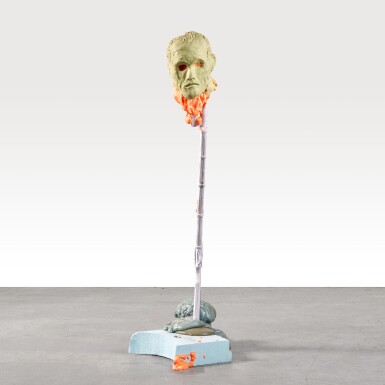
__________________
Willem de Kooning once said that he and Jackson Pollock both credited Hyman Bloom as “the first Abstract Expressionist.” But Bloom, living in Boston and removed from New York’s buzzing art scene, was ultimately overshadowed by those giants of the American art movement and he went on to reject Abstract Expressionism as mere “emotional catharsis, with no intellectual basis.” The Latvian-born Jewish artist is perhaps best known for his exquisitely gruesome paintings of cadavers, as disturbing, and controversial, as they are beautiful. Bloom made his first visit to a morgue in 1942 after being called in to identify the body of a friend who had killed herself.
It would prove a career-changing experience. The artist’s paintings went on to depict expertly mottled, decomposing skin and the formerly life-giving organs beneath flayed flesh. They might at first seem morbid, but by capturing death in his bold brushstrokes, Bloom in a way celebrated life and offered an incisive rumination on the inevitability of our own mortality.

The Anatomist (1953)
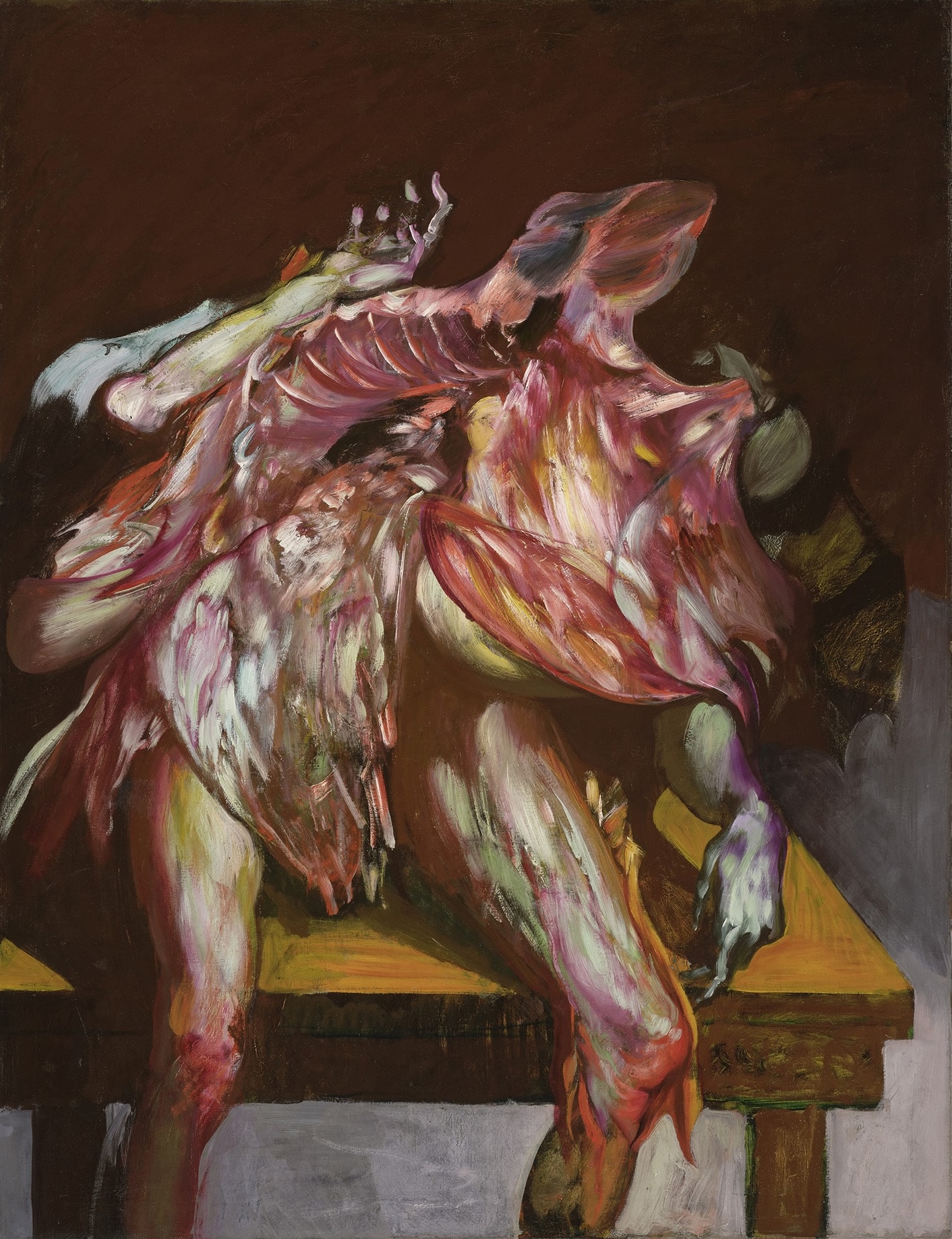
Cadaver on Table (1953)
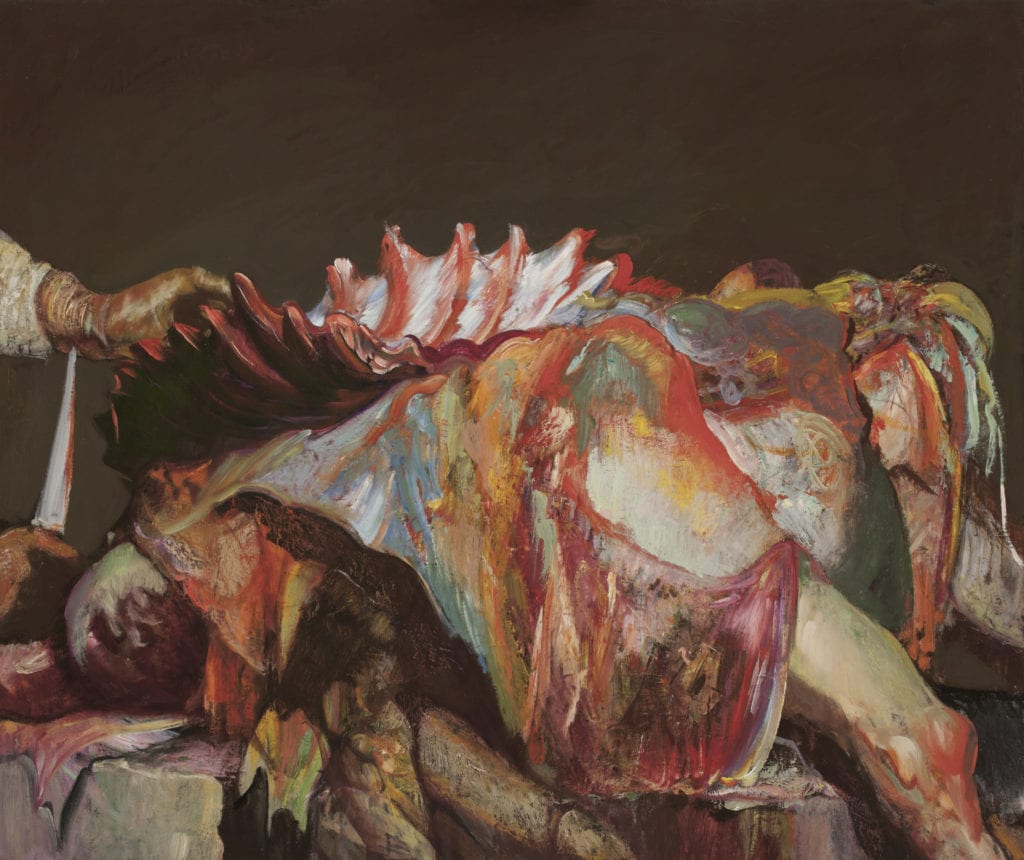
The Hull (1952)
__________________
Jeffrey Silverthorne Boy hit by car (1972-74)
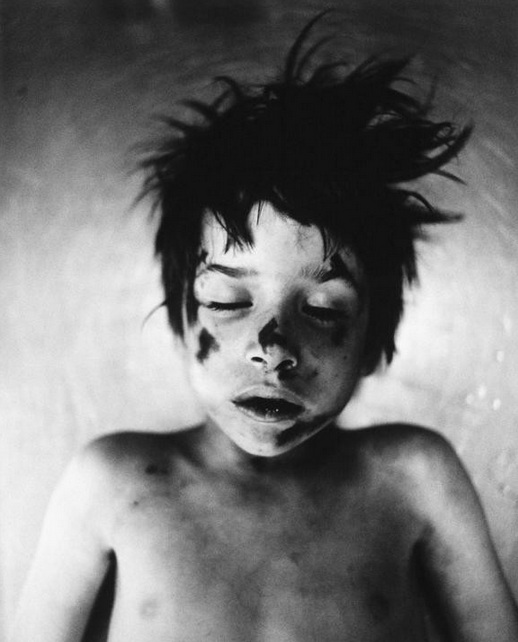
__________________
Jonathan Payne various works (2015)
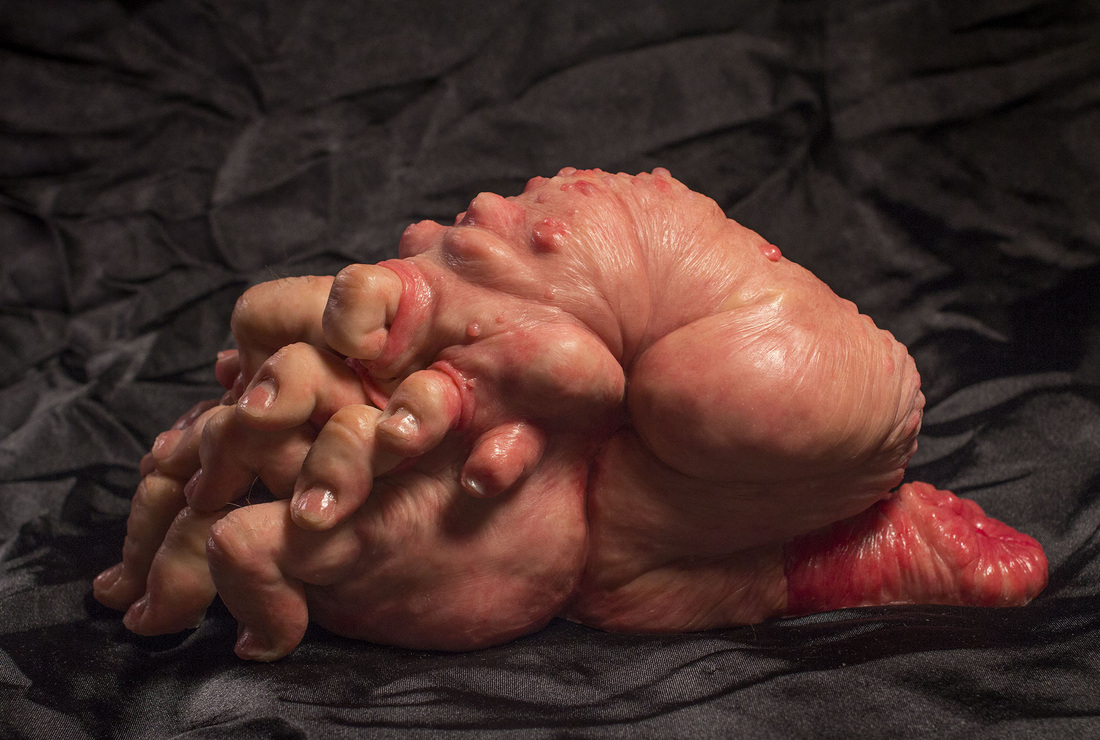
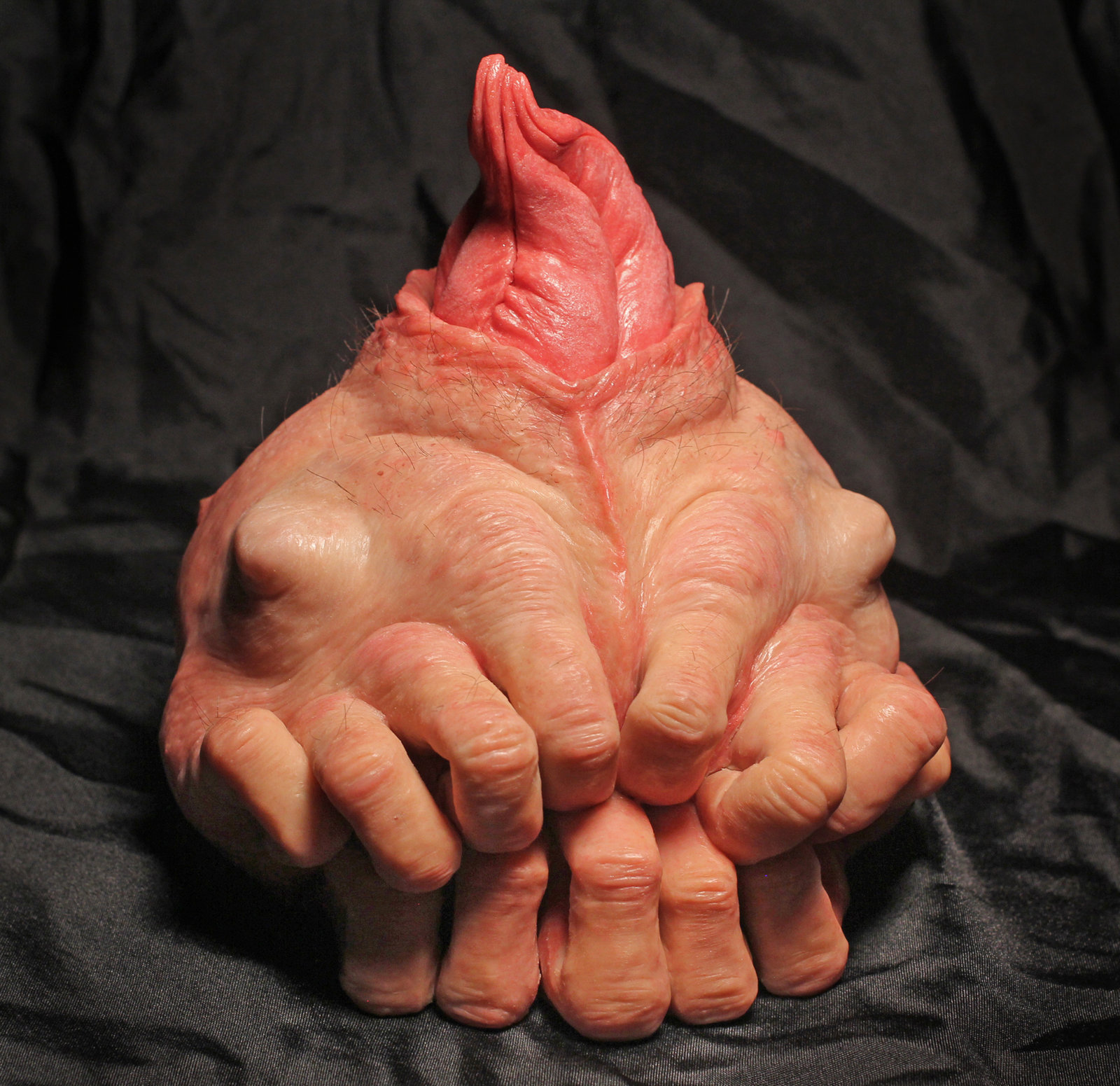

___________________
Your work Crush (2011) is a very realistic full body cast of you, nude, as a flattened stone age peat bog mummy, covered in what appears to be an enormous amount of semen. Why put yourself in this position? And how did you make such a thing? Andra Ursuta: It’s a very uncomfortable and slightly melodramatic description of an emotional state, of feelings of rejection and worthlessness. Like most of my works, it started with a very dumb, literal understanding of the word “crush.” Crush is the sum of all crushes that lead to heartbreak experienced over a lifetime, or over centuries, if you think of the female protagonist as an archetypal used and discarded woman.
________________
Picasso’s lifeless body forms the basis for a work by the Spanish artist Eugenio Merino, titled Aquí Murió Picasso (Picasso Died Here), 2017. Rather than being based on Picasso’s actual corpse, it draws inspiration from the image of the artist that many associate with him: the blue-striped Breton shirt, white linen pants, espadrilles. “The sculpture is basically a Tourist Attraction we made based on the Dean MacCannell’s 1976 book The Tourist,” Merino wrote. “In the book, the author explains the characteristics of an attraction, and for us, it was basically what the art world and the art fairs have turned into. Institutions and companies wash their image in culture,” Merino added, “that’s why it’s important that this work presents itself, openly, as an object to be sold but also from which to extract symbolic value. A place where a ‘tourist art consumer’ can have its selfie…a souvenir that reminds us they were here, where Picasso died. Obviously, [it’s] as fake as any tourist attraction.”
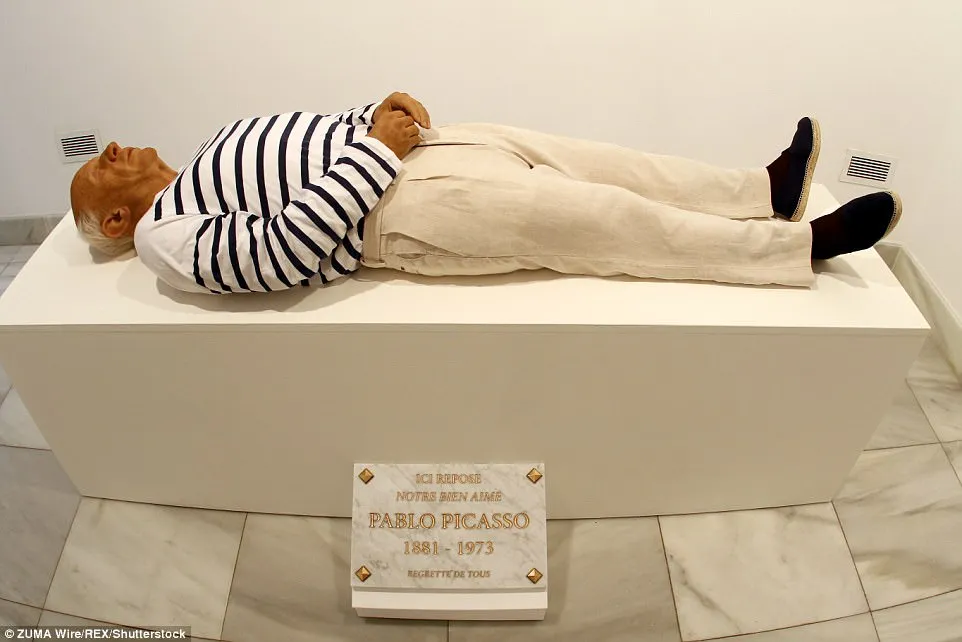
________________
In the early 2000s, Sally Mann produced a photographic series focused on the Forensic Anthropology Centre in Tennessee. Commonly known as The Body Farm, the three-acre plot is home to donated corpses, monitored by students who study decomposition in aid of forensic science. Mann produced the series Body Farm as part of a larger body of work, which she describes as an investigation into how “the land subsumes the dead,” transfiguring them into “the rich body of earth, the dark matter of creation.” Untitled (Maggots) is a black and white photograph depicting the head and shoulders of a decomposing corpse, face-down in a thicket.
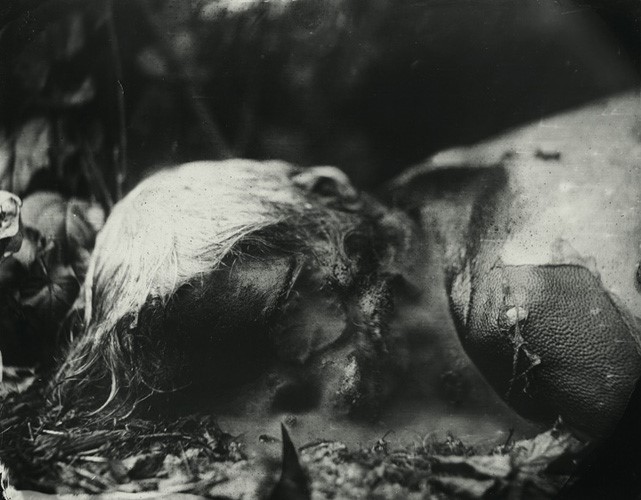
________________
Wandering the aisles at Art Basel Miami Beach, visitors might have noticed a mysterious sculpture: A matte white, life-size human figure kneeling as if in prayer titled Michael in White (2022). The piece also has a fascinating history, it turns out—it was made using a plaster cast of Michael Jackson’s body. Its artist, Nicole Miller, discovered this relic of music history at an estate sale of a special effects person in Los Angeles, where she lives. The cast dates to around 1986, and was made for Moonwalker, Jackson’s 1988 musical film. When Miller bought the work, it had been cut into pieces, which she reassembled and cast in bronze. “His body was like a living sculpture,” says Miller. “It was constantly shifting and changing, and also so sought after. And the position the molds came in—without hands—kind of looks like he’s praying, perhaps asking for forgiveness.”


________________
In 2000, the artist Zhu Yu shocked the world with Dinner – Eating People, a series of photographs documenting the artist calmly procuring, preparing and devouring what was identified as a six-month-old stillborn human foetus. The piece’s cannibalistic theme caused a stir in Britain when Yu’s work was featured on a Channel 4 documentary exploring Chinese Contemporary Art in 2003. In response to the public reaction, Mr. Yu stated, “No religion forbids cannibalism. Nor can I find any law which prevents us from eating people. I took advantage of the space between morality and the law and based my work on it”. Yu has claimed that he used an actual fetus which was stolen from a medical school. He was prosecuted for his deeds.
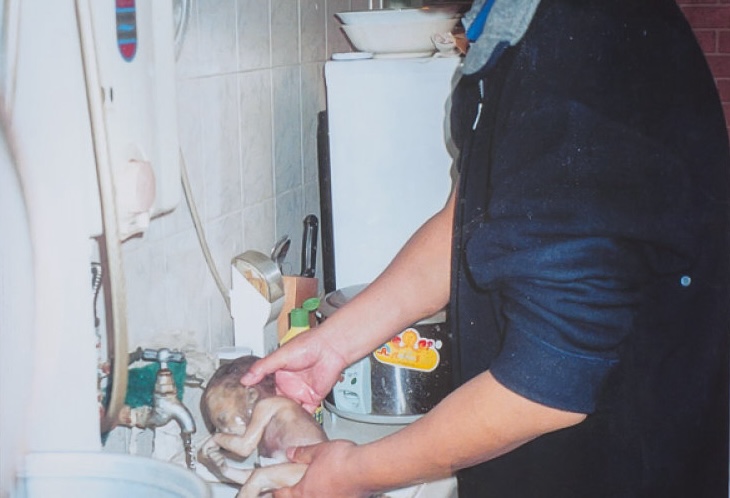
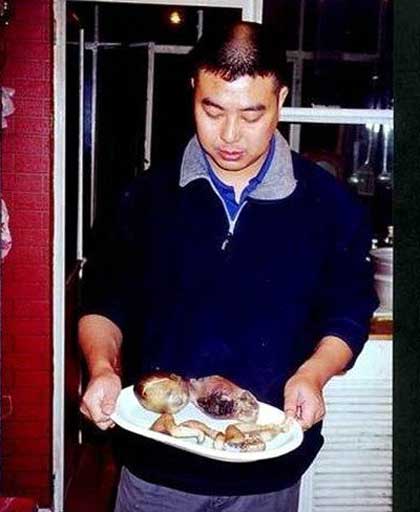


*
p.s. Hey. ** _Black_Acrylic, Hi, Ben. From what I’ve heard, you’re not missing much of anything other than a basic knowledge of how little it currently takes to enrapture giant numbers of music listeners. ** Bill, Yes, I managed to find some positive escort feedback that was actually interesting. I do spot Paris escorts on the metro now and then, but not Toasty so far. He looks like he probably Ubers. ‘Nowhere’ is my fave of that era of Gregg’s stuff. Jimmy Duval is such a sweet guy. ** Steve Erickson, Were/are you going to MoMA to see the Ed Ruscha retrospective? That’s why I’d be going du jour. Good question re: Luckkkkkkkkk. I must admit I would love to find out. I like your script idea. I don’t think Linklater has the patent on that idea. Certainly you would do something very not him-like. Let it pan out, iow? Thanks for the priest impersonating tip, ha ha. ** Joseph, Hey, hey, Joseph. Excellent to see you, maestro. I … trust you still have a job. I’ve noticed in the escorts’ reviews section that if one of them dares to charge more than 150 per hour, the clientele raises bloody hell. I wouldn’t be surprised if there are hidden surcharges. I’m doing fine, thanks. Semi-drifting whereabouts? And where have you settled? Oh, yeah, McKamey. I don’t really have a problem with him, I guess. He’s just like the GG Allin of the haunt industry. Every genre’s got one. I’m glad that poetry is constantly happening. I do of course hope publishing is an eventuality. Yeah, great to see you. Hang out. Please do. Love from me and over here. ** Cody Goodnight, Hi, Cody. I’m doing alright. The weekend wasn’t quite as eventful as hoped, but it happened satisfactorily. ‘Wicker Man’, nice. The original, I assume. Yes, sad about Piper Laurie. I did a Piper Laurie Day a few years ago. She was awesome. Enjoyableness galore to you, day and night. ** Dominik, Hi!!! Nice about the decorated house. I think I’m going to go on a mission to find at least one decorated building here in Paris or die trying. Yes, you have a VIP backstage pass to Frightmare on Forestview. Now I just have to find a good spot for it. Paris is not big on vacant lots. And Oklahoma Asylum — good choice! — is now situated right outside one of your windows. Don’t believe me? Go look. Or … maybe don’t. No, I’m actually very heartbroken and crestfallen that I won’t be able to go to LA for Halloween this year. The film is too needy right now. But, oh, it’s a real tragedy to miss that. I was thinking that ‘a nice burnt out energy besides the sexual part’ was kind of best advertisement possible. So your love got me hot. Love secretly putting a very realistic fake body on your living room floor while you’re out shopping, G. ** Charalampos, Congrats on the publications. Thanks for the kind words, pal. Paris, soon? Where are you going to ‘set up shop’, as they say? Good vibes back from Paris where it’s so chilly today I might have to hunt down my scarf. ** Misanthrope, I don’t know who Didier Haudepin is. Wait, hold on. Oh, I right, the boy in ‘Les Amitiés particulières’. And he’s a filmmaker now. Weird. Thanks for the new knowledge. I semi-chilled. Did stuff, didn’t do stuff. A fair balance. I think whatevs is the right attitude. Although life is awfully short. ** DARBeggiator, Fancy. There is a lot of art censoring going on, that’s for sure. I don’t think preserving dead bodies is a problematic thing to do at all. As opposed to shoving them underground or burning them into ashes? That problem just seems like some of religious bullshit thing. Ouch. An accident is an accident. I can’t see that wrecking your streak. I like what I know of German breakcore. I’m not hugely familiar. I will stream or download some Christoph De Babalon the very second I get a second. Thank you! I could use something like that this morning. Monday, wow, enjoy. ** Okay, Halloween season on the blog continues today with ‘Dead’ as its newest entry. See you tomorrow.


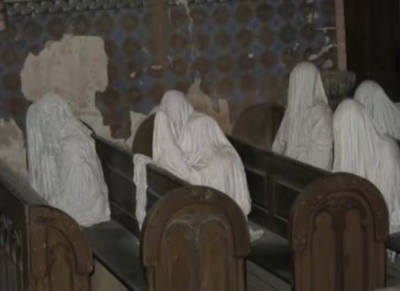


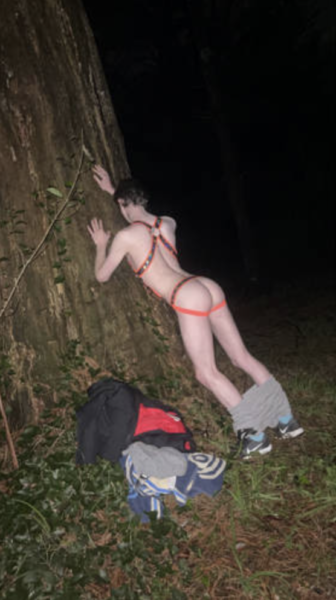


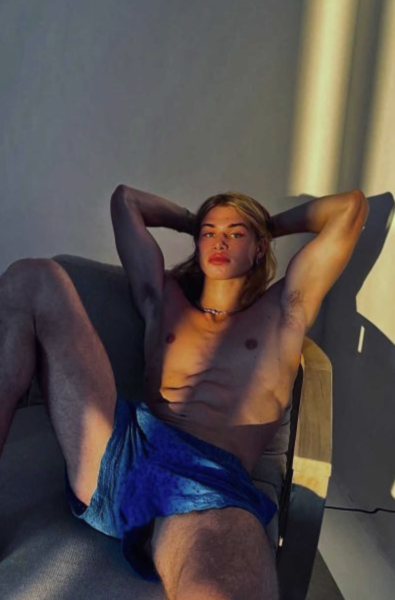
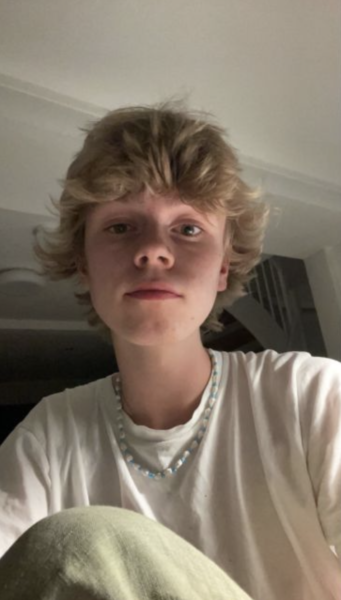
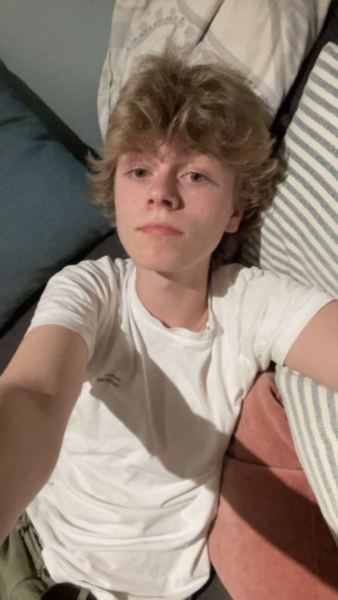
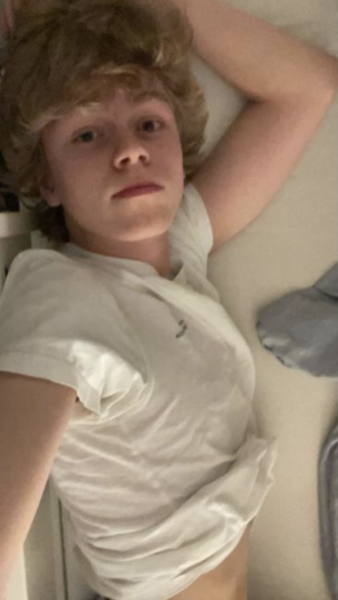
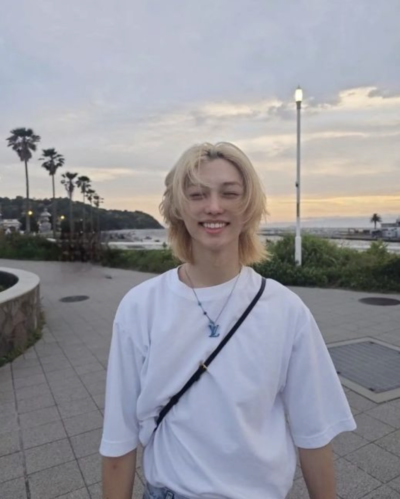

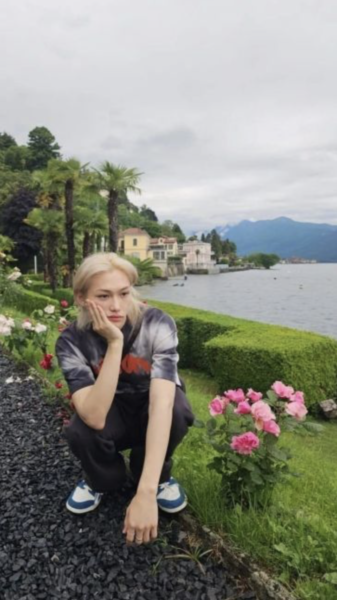
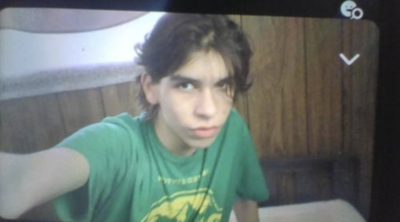





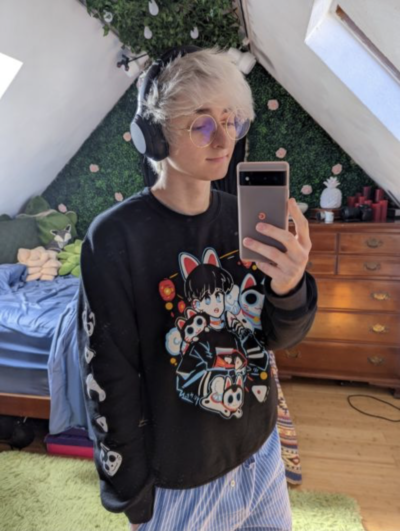
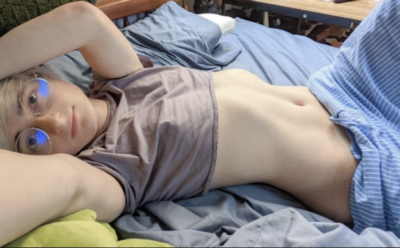


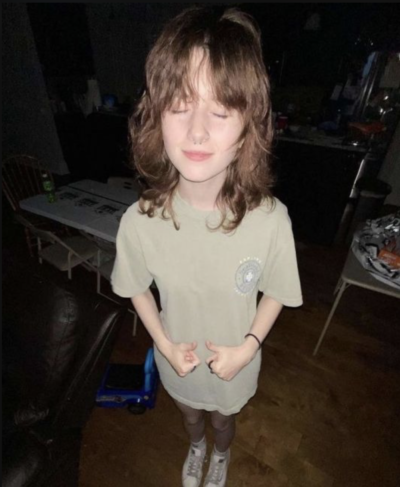

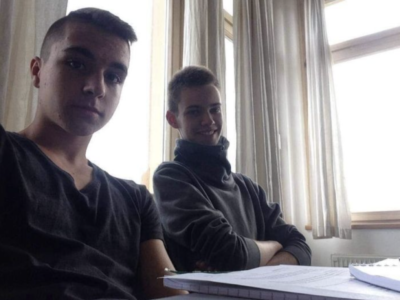









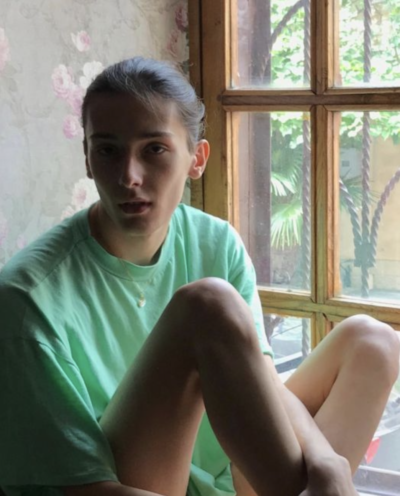

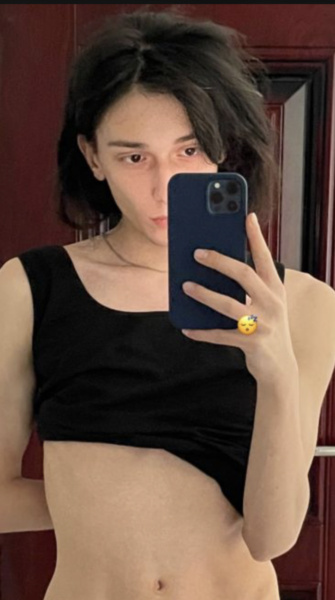
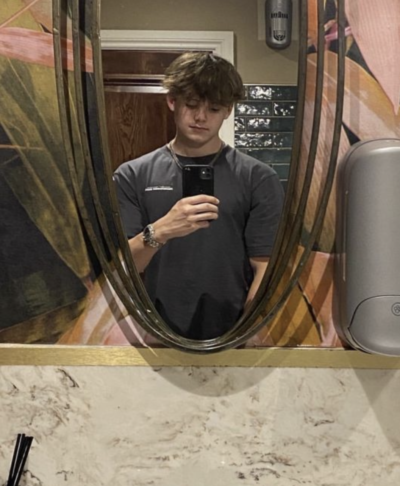
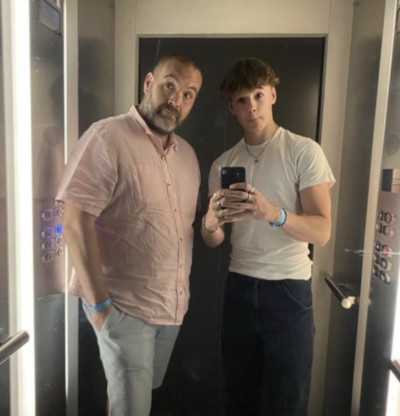
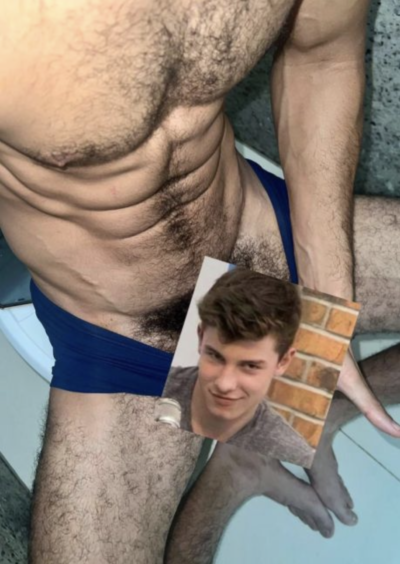
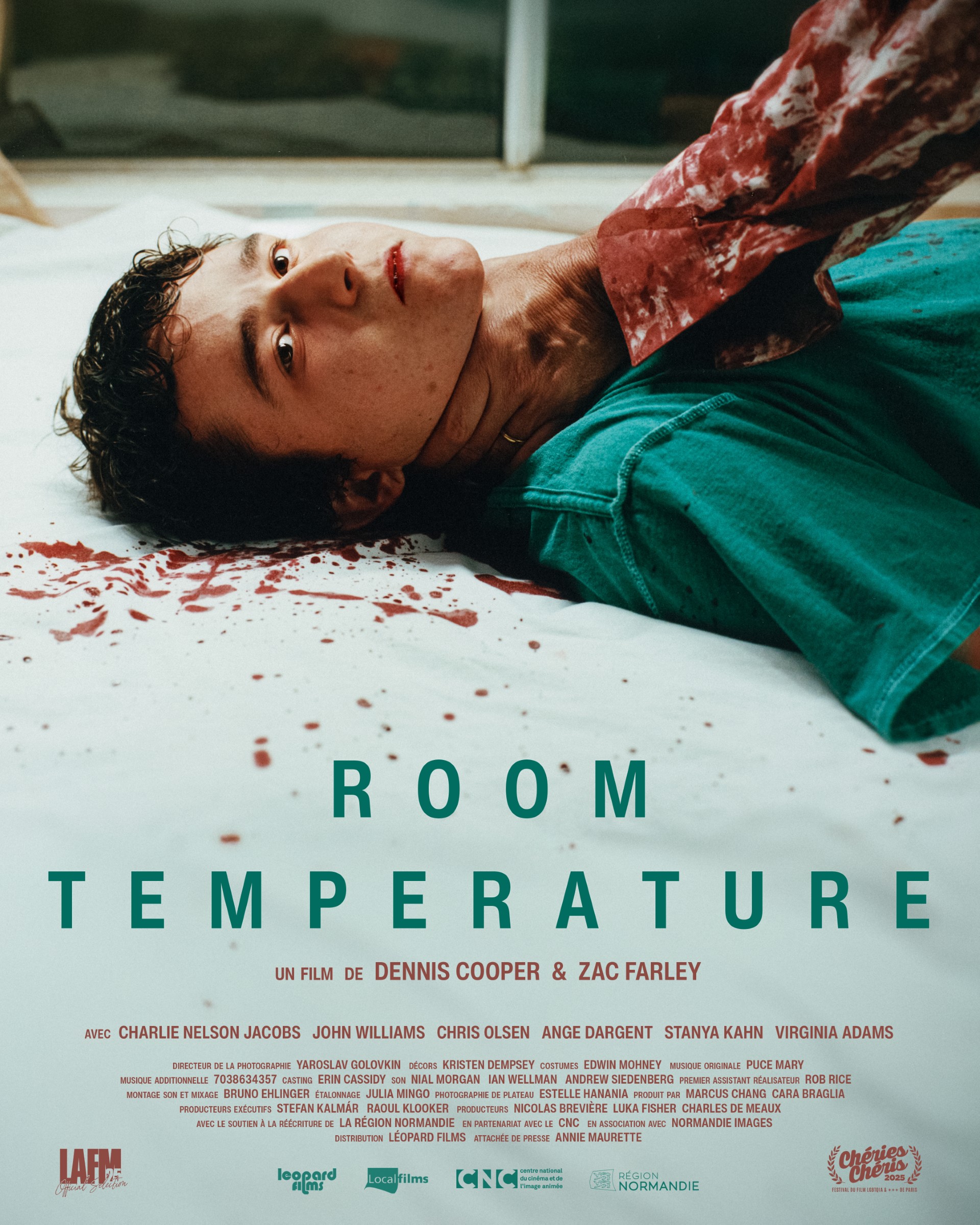



 Now available in North America
Now available in North America 